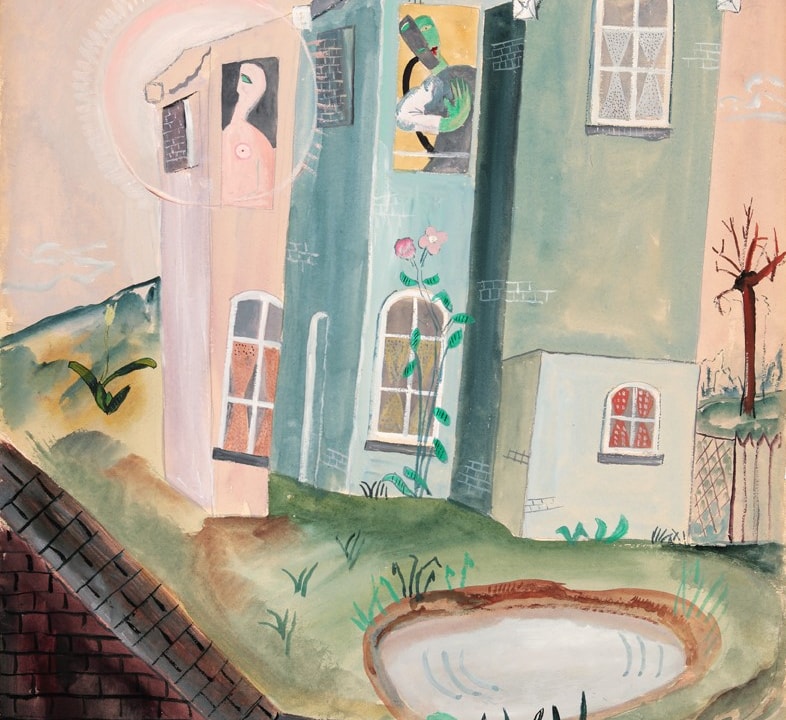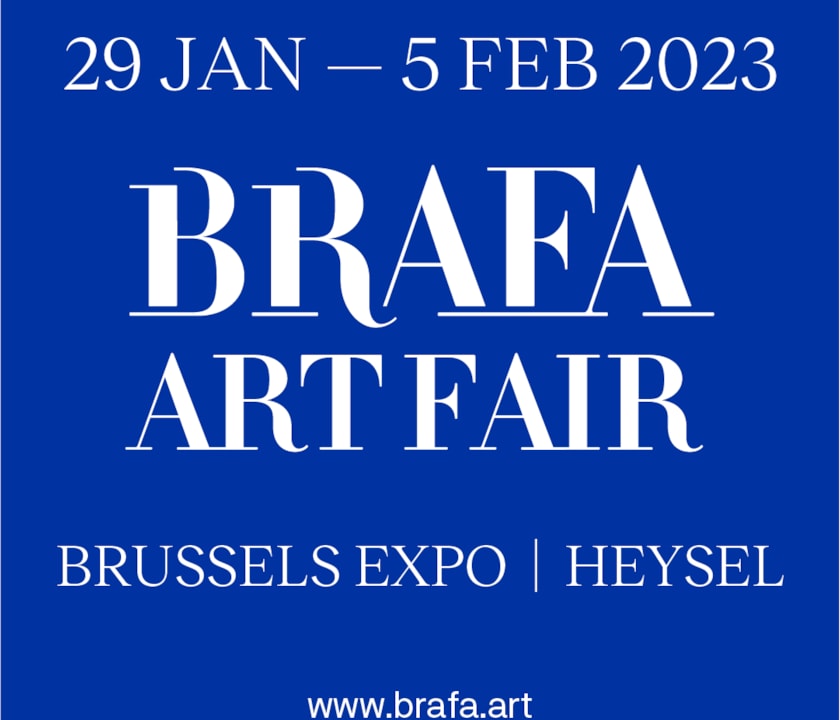Anna De Weert
(1867 - 1950)

Anna De Weert
(1867 - 1950)
Anna De Weert, geboren Cogen, groeide op in een welgesteld en artistiek milieu. Haar grootvader Karel Ledeganck was een gevierd dichter en haar moeder Clara Ledeganck schreef verhalen en sprookjes. Van haar oom, de uit het Waasland afkomstige kunstschilder Alfons Cogen, kreeg zij haar eerste schilderlessen. Door toedoen van de Gentse graveur en aquarellist Armand Heins ging zij zich meer en meer toeleggen op het schilderen van landschappen. In 1891 huwde zij de Gentse advocaat, journalist en politicus Maurice De Weert. Het echtpaar raakte bevriend met Emile Claus die sinds 1886 werkte te Astene aan de Leie. Claus die het landelijke leven badend in het zonlicht op doek zette, was de onbetwiste leider van het luminisme, het Belgische antwoord op het Franse impressionisme en neo-impressionisme. Anna De Weert ging in 1893 bij Claus in de leer en werd een overtuigde Claus-adepte, getuige haar woorden: “Voor mij is het licht iets goddelijks en zo mooi dat het een doel op zichzelf is. Dat licht is de grote tovenaar, een grote veranderende kracht waaronder de dingen niet zouden zijn wat ze zijn.”
In 1895 verwierf ze het huis Hof Ter Neuve in Afsnee, de oeve van een voormalig predikherenklooster. Bij het aan de Leie gelegen buitengoed liet zij een atelier bouwen, waarvan Emile Claus de eerste steen legde. In het atelier prijkt het devies ‘Licht, Liefde, Leven’. Twee woorden van dit motto – leven en licht – zouden dienen als benaming voor de kunstenaarsvereniging Vie et Lumière die in 1904 door Claus gesticht werd en waarvan Anna De Weert medestander was. Tot op het einde van haar leven hield De Weert vast aan het luminisme: “Ik zie niet in waarom ik, om de mode te volgen, om succes te oogsten bij de estheten van de avant-garde, zou overstappen naar een kunst waar ik niet van houd.” (S. Beele, in: Elck zijn waerom, 1999, p. 295).
In 1895 verwierf ze het huis Hof Ter Neuve in Afsnee, de oeve van een voormalig predikherenklooster. Bij het aan de Leie gelegen buitengoed liet zij een atelier bouwen, waarvan Emile Claus de eerste steen legde. In het atelier prijkt het devies ‘Licht, Liefde, Leven’. Twee woorden van dit motto – leven en licht – zouden dienen als benaming voor de kunstenaarsvereniging Vie et Lumière die in 1904 door Claus gesticht werd en waarvan Anna De Weert medestander was. Tot op het einde van haar leven hield De Weert vast aan het luminisme: “Ik zie niet in waarom ik, om de mode te volgen, om succes te oogsten bij de estheten van de avant-garde, zou overstappen naar een kunst waar ik niet van houd.” (S. Beele, in: Elck zijn waerom, 1999, p. 295).
tentoonstellingen


